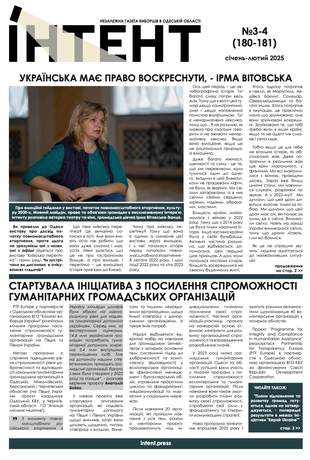Меню
Social networks
May 21, 2025, 10:23 p.m.
Lake Hassan: the conflict between two empires and rewritten history
Цей матеріал також доступний українською31
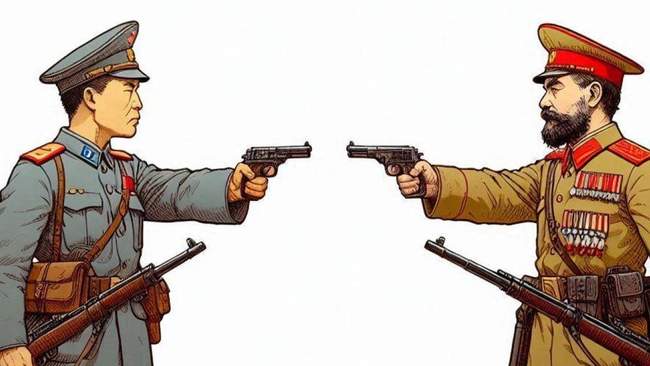
Image generated by AI
The main difficulty in studying history is that it is constantly being rewritten. Everyone is involved in fabricating history, but Soviet propaganda has achieved incredible success in this field. Let's try to understand who started the conflict between Japan and the USSR on Lake Hassan in 1938 and why.
Japanese-Russian relations in the first half of the twentieth century
The situation on the eve of the conflict
The USSR takes what is lying around
Japan-Russia relations in the first half of the XX century
The relations between Japan and the Russian Empire (later the USSR) in the first half of the twentieth century can be safely characterized as poor. And this state of affairs cannot be considered unexpected, since the interests of two aggressive empires clashed on the border.
In 1868, the restoration of the empire took place in Japan, as a result of which the country rapidly moved from the feudal Middle Ages to the industrial era. The renewed Japan began to develop rapidly and comprehensively. In the wake of development, the state developed expansionist ambitions, so the Japanese began to look toward their neighbors. At the end of the nineteenth century, there was a war with China, and in 1910 Korea was annexed.
Tensions with the Russian Empire began after the end of the Sino-Japanese War, when Russia forced Japan to abandon the annexation of the Liaodong Peninsula. Japan retaliated during the Russo-Japanese War of 1904-05. When the civil war broke out after the collapse of the Russian Empire, Japan decided to take advantage of the situation and began intervening in the Far East, while supporting the White Guards.
In 1931-32, another Japanese aggression against China took place, which resulted in the occupation of Manchuria and the subsequent formation of the Japanese-controlled state of Manchukuo.
The newly created state had a significant border with the USSR, where regular clashes began to occur. According to pro-Soviet sources, hundreds of provocations took place on the Japanese side in the following years. It is impossible to agree with such a one-sided interpretation.
At that time, Japan and the USSR were two powerful empires with incredibly ambitious and aggressive leaders at their helm. So a serious clash was inevitable. And even if we take into account that one of the countries could prepare for active actions more quickly and provoke its neighbors more often, the other was simply obliged to probe the opponent with spy raids for security reasons.
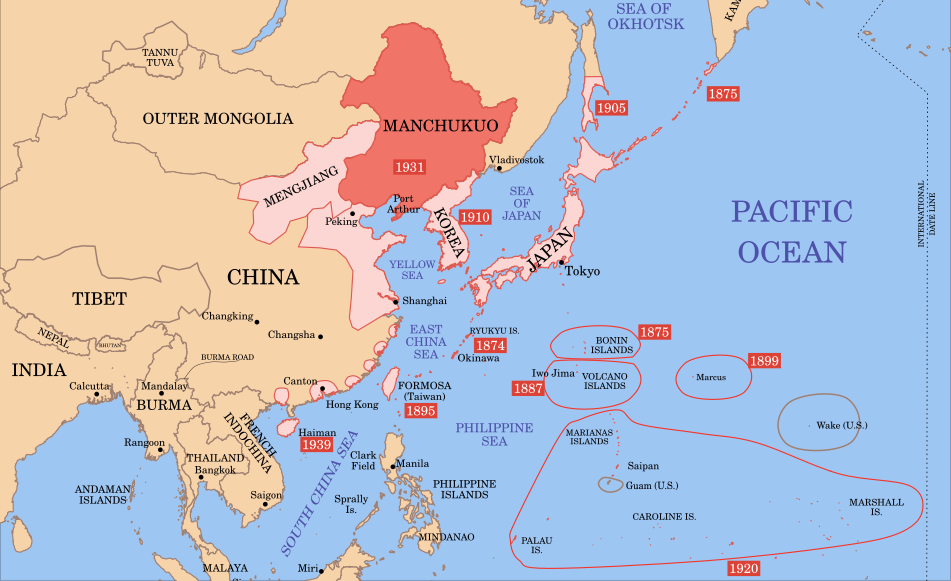
Map of Japanese expansion. Image: Image.
In addition to the tensions between the two states, the uncertainty of the borders can be considered an important incentive for clashes. That is, they were formally defined on paper, but not specifically fixed on the ground. Some foreign objects on the contact line could be considered neutral or their own by the parties.
The situation on the eve of the conflict
While there were periodic clashes between Japan and China during the 1930s, a full-scale war began in 1937. At that time, China and the USSR had difficult relations, as the Soviet government supported the opposition Chinese Communist Party. However, with the outbreak of a full-scale war, priorities changed.
Having defeated China, a strengthened Japan would begin to look toward the USSR. But as long as the war continued, there was no fear of opening a front in the Far East. Therefore, equipment and Soviet soldiers were sent to China under the slogan: "They are not there." Of course, Japan was aware of this, which only increased tensions with the USSR.
In 1937-38, the USSR carried out large-scale purges of its officer corps, which resulted in inexperienced performers taking over the vacant positions. The Far Eastern Military District was not spared.
Other strategic shortcomings of the region included the lack of normal roads for rapid troop redeployment, a lack of military equipment, and poor organization of the service. Despite this, the Soviet government wanted to take advantage of the Sino-Japanese war.
On July 1, the Special Red Banner Far Eastern Army was transformed into the Far Eastern Front. The USSR had a great advantage in the region. The situation was somewhat complicated for the USSR by the head of the NKVD Office of the Far Eastern Territory, Henrikh Lyushkov, who learned of the threat of detention and went over to the Japanese. However, the main trump cards were allegedly held by the USSR.
The USSR takes what lies dormant
On July 6, the Japanese intercepted a message stating that Soviet troops needed to capture the Bezymennaya and Zaozernaya hills, which were located on neutral territory on the border between the USSR and Manchu.
For the USSR, the hills were of strategic importance for a potential full-scale conflict with Japan, as they towered over the surrounding area and provided a dozen kilometers of observation over the port of Rajin and railroad traffic between Korea and Manchuria.
In the coming weeks, Soviet troops began to move toward the hills. The heights themselves were instantly captured, and fortification work began. On July 15, a group of Soviet soldiers crossed the Manchurian border near Zaozernaya, demonstrating their intention to create fortifications on foreign territory.
In response, a group of Japanese moved to protest, but a Soviet sniper killed an officer and scattered the negotiators. Manchukuo and Japan appealed to the USSR to leave the hills, but the appeal was ignored. On July 22, Japanese Emperor Hirohito approved a plan according to which the Japanese were to drive the Red Army out of the hills. The redeployment of Japanese troops in the area of the hills began immediately.
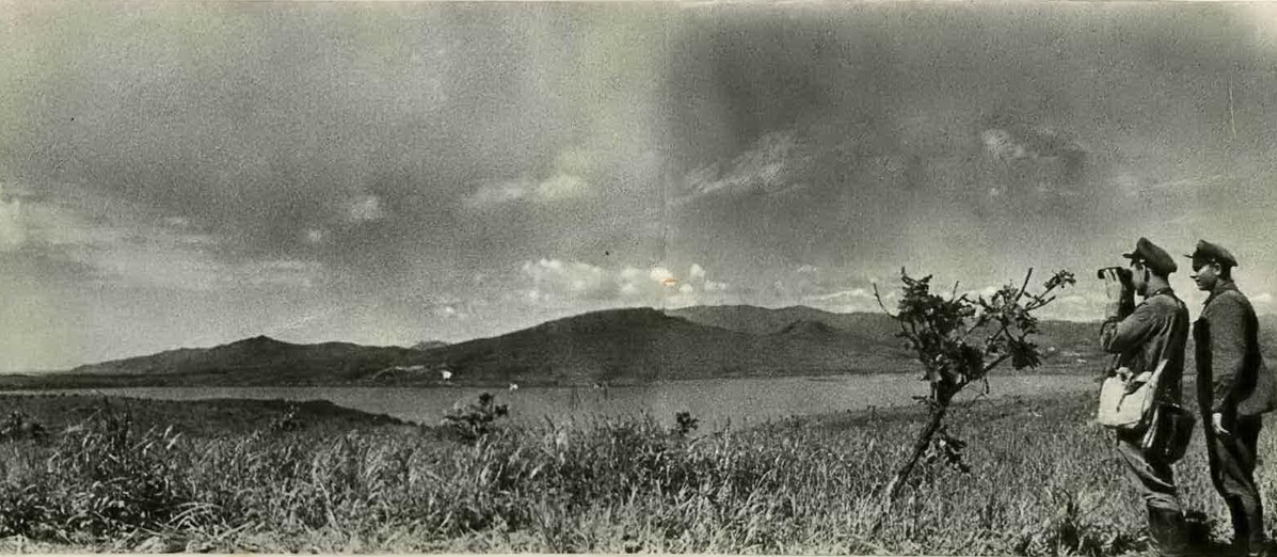
Lake Hassan and the Zaozerna and Bezymenna hills. Photo: arseniev.org
The Far Eastern Front was headed by Marshal Vasily Blukher, who was well aware of the precariousness of his position at the time. The previous year, Blukher, as part of the USSR Supreme Court, had sentenced Marshal Mikhail Tukhachevsky to death. Blukher must have been well aware of the fabrication of the case. So when Mikhail Fridovsky, the second in command of the NKVD, arrived at the Far Eastern Front in July to investigate Lyushkov's escape to Japan, the pressure on the marshal increased.
The front commander had to act "correctly." However, Moscow did not give clear instructions, and the clash with Japan was approaching. On July 24, Blücher, heading a special commission, went to Zaozerna hill to investigate the situation, ordered to fill in one of the dug trenches and move the wire fence 4 meters towards Soviet territory. Unfortunately for him, this time he misread Moscow's intentions.
The hot phase of the conflict
The first Japanese offensive took place on July 29 on Bezymennaya Hill, but was repelled. Soviet sources unanimously claim that it was a sneaky and unexpected Japanese attack on territory that had belonged to Russia since the nineteenth century. However, we have already proven that this was not the case. The next day, the Japanese attack was more powerful, leading to the liberation of both hills on July 31. The Japanese gained a foothold on the heights and began preparing for a Soviet assault.
It was at this time that Stalin called Vasily Blukher and criticized him for his unwillingness to fight. Blücher tried to rehabilitate himself quickly and ordered an attack on August 2. In doing so, the frontline commander made mistakes.
First, the attack was not prepared at all. The Soviet tank units had to move quickly at night to the area of the hills through unfamiliar swampy terrain, and then they immediately entered the battle without rest. Not knowing the terrain, the tank commanders could not move forward effectively, which led to significant losses under enemy fire.
Secondly, Blücher was afraid of triggering a Soviet-Japanese war, so he did not allow the troops to flank the enemy, violating the Manchurian border, and also forbade artillery and aviation to support the tank offensive, as the shells could fly into foreign territory. Despite some minor successes, the Soviet offensive was a total failure. As a result of the attack, Blücher was removed from command of the front.
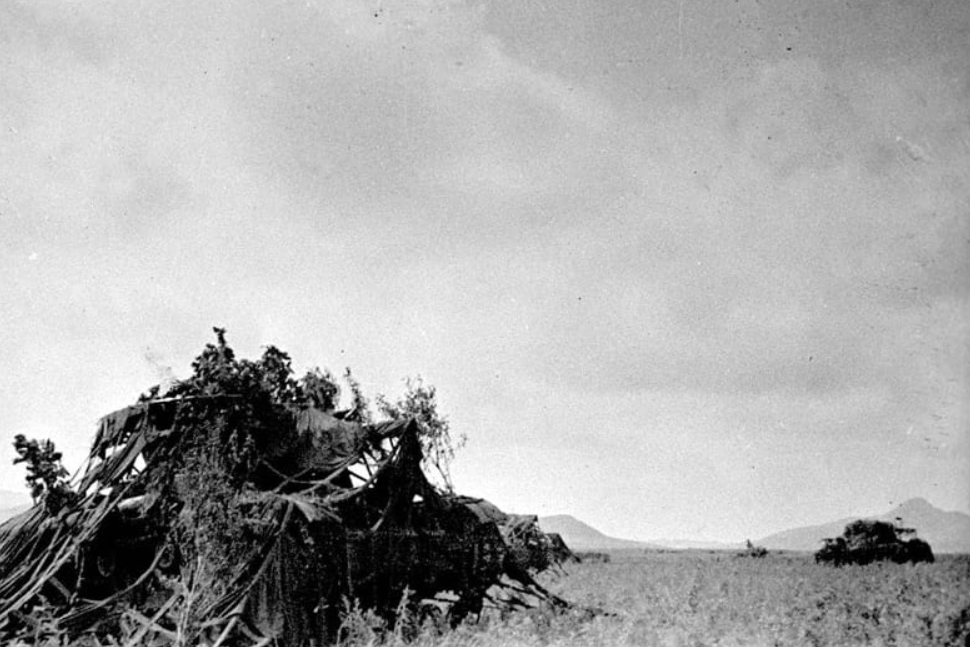
Camouflaged Soviet tanks. Photo: garmatny.blogspot.com
Around August 4, the USSR completed the redeployment of forces. Soviet troops had a huge advantage. Against 7,300 Japanese armed with 37 guns, the Red Army fielded about 23,000 personnel, 354 tanks, 250 aircraft, and 237 guns.
Despite powerful air strikes, the Japanese put up a desperate fight and even launched counterattacks. However, by August 9, Soviet troops had captured the Zaozerna and Bezymennaya hills.
Consequences of the conflict
On August 10, the Japanese made a proposal to cease hostilities. Under the agreement, the USSR retained control of both hills. The losses of the parties vary greatly depending on the perspective. The Japanese lost between 526 and 3000 dead and missing. The Soviets estimate their losses in killed and missing persons at 792. The Red Army also lost between 46 and 96 tanks.
Marshal Vasyl Blukher was sent on vacation to Sochi, where he was arrested. During interrogations, it turned out that he was a traitor. Blücher did not live to see his death sentence.
In 1946, the International Military Tribunal for the Far East was held in Tokyo. It is noteworthy that 13 Japanese high-ranking officials were charged with crimes against peace for their role in creating the conflict on Lake Hassan.
Conclusions.
Today we can confidently state that the USSR, as the winner of World War II, completely rewrote the history of the conflict on Lake Hassan, turning from aggressor to victim. Films were made, books and songs were written on this topic. However, we can hardly sympathize with Japan in this case. We can say that at Lake Hassan they simply did not have enough time to realize their aggressive potential.
At Lake Hassan, the USSR skillfully played a typical combination, the essence of which is to make territorial claims to a neighbor while it is waging a full-scale war. Japan did not surrender its positions without a fight, but was forced to restrain its aggressive desires in order not to open a second front.
The paranoid Stalin continued his policy of destroying the intellectual forces of the USSR in all fields. In the army, this led to a growing level of incompetence and increased losses of personnel in the performance of specific tasks. It is simply incredible that the Soviet Union managed to win World War II despite this.
Although this victory was achieved at the cost of millions of lives. As for the conflict on Lake Hassan, taking into account all the factors, it is difficult to call it a military victory. However, it is quite right to call it a geopolitical victory.
Олег Пархітько




